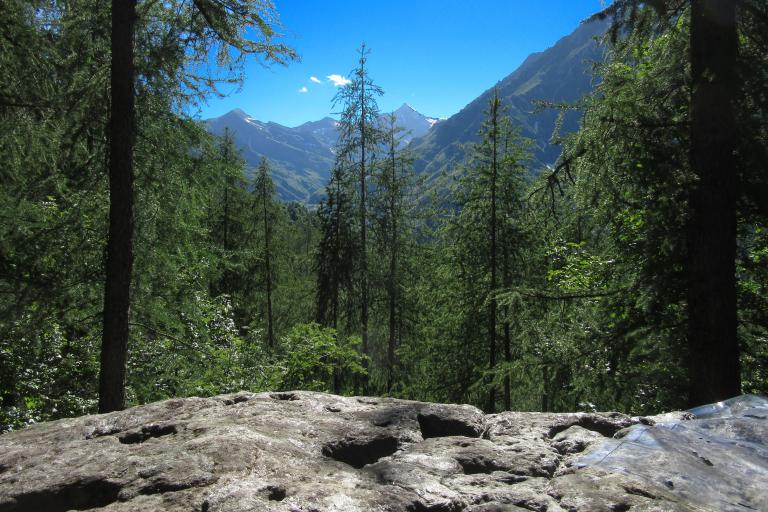Archaeology
The archaeological section tells the story of human settlements in the valley over a long time frame, which goes from prehistory to the Middle Ages, to reach Modern Age.
The first findings come from the Neolithic and Bronze Age and were discovered from the 19th century in Usseglio and Viù. Another proof of human presence in the antiquity is the Ròch dij Gieugh (Rock of the games), an important ritual location. This large carved rock, located in the woods near the locality Andriera, is subject of recent studies which underlined its importance in the occidental Alps.
Coming to the Roman epoch, there are two altars dedicated to Hercules and Jupiter, proof of a passage over the Alps connecting Italy to France. A significant Medieval (15th century) high-relief representing Saint Bernard from Menthon, but locally known as “Druid of Malciaussia (locality in Usseglio)" following a wrong historical interpretation, contributed to give this sculpure an air of mistery.
Image

Panoramic view of "Roccia dei giochi"
Along an old path, in a thick larch wood, facing Rocciamelone and Lera peaks, a large rock is covered with carvings. Little canals, cups, footsteps, three warriors with helms and swords from the Iron Age. Then, a latin inscription, a dedication to Jupiter and - more recently - crosses and names, probably from shepherds from the last centuries.